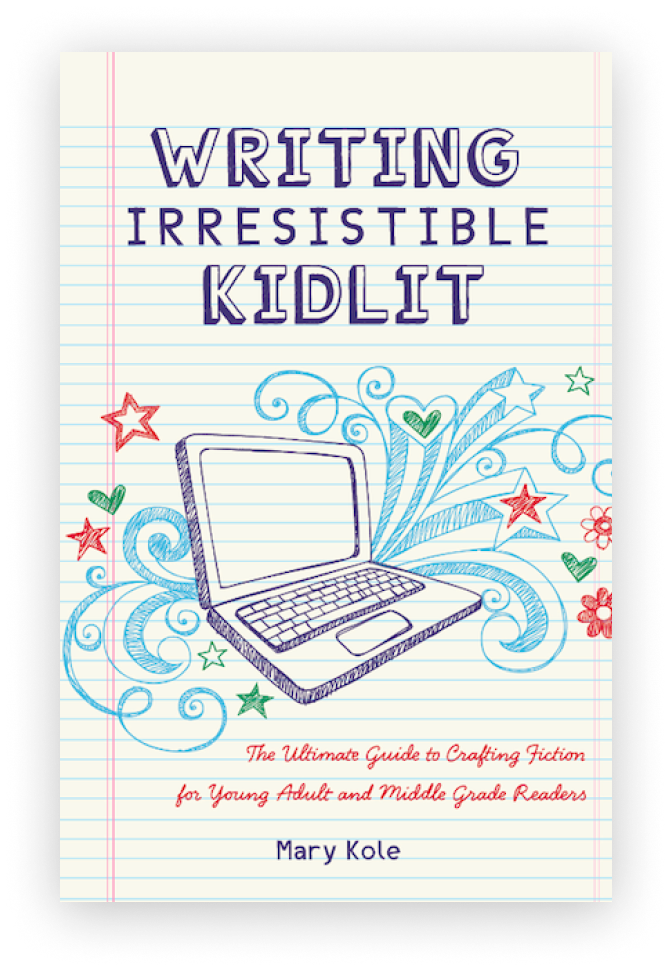The Key to Memoir Writing
By Mary Kole
Mary Kole is a former literary agent, freelance editor, writing teacher, author of Writing Irresistible Kidlit, and IP developer for major publishers, with over a decade in the publishing industry.
Memoir writing is a unique and personal form of creative nonfiction writing that can be cathartic and enlightening for writers, and inspiring for readers. Memoir writing requires careful attention to detail, memoir structure, and honesty from the writer. I’m excited to share this article on crafting an appealing contemporary memoir. Whether you are an aspiring writer looking to get started on telling your life story, or a seasoned writer working on your next big project, this guide will provide you with the tips and knowledge you need to make your memoir stand out.
What is Memoir Writing?
Memoir writing is a type of nonfiction storytelling that encapsulates a specific theme of life experience. Most modern memoir is closely tied to one or two main subjects, rather than taking the autobiography approach, which tells every event in a life story and takes an overview approach. Memoir writing is a deeply personal and revealing form of writing that requires the author to dig deep and share their most intimate stories, as well as what they’ve learned by living through specific experiences. When writing memoir, you need to remember that the focus is not on the facts of the story (though you do want to be truthful), but on the emotions and reflections that influenced your life. The goal of a memoir is to share a story that inspires others and helps them connect with the writer's experiences, as well as their own.
Ingredients of Compelling Memoir Writing
The ingredients of modern memoir include both creativity and authenticity. The key element of memoir writing is the writer's ability to capture their emotions, thoughts, and experiences through the unique lens of their point of view. Memoirs often include vivid writing imagery, intimate details, and personal reflections that make the story come to life. There’s also the expectation of memoir structure and various narrative techniques that make memoir closer to fiction writing than other types of nonfiction. The writer should also strive to be as truthful as possible and give readers a glimpse into their personal growth journey.
To create a memoir that has emotional impact, the writer needs to find a way to capture what they felt and lived emotionally, generally through the tool of interiority. This can also be achieved through the use of descriptive language and writing voice that conveys feelings in a way that draws readers in. A memoir protagonist is a highly curated version of you who may not always make the right choices, but wants to be relatable to readers. Writers must understand how to weave words that transport readers to places and events that are beyond their own experiences. To achieve maximum impact, it's crucial to refine your storytelling style and discover ways to connect readers to the story of your life. You’ve lived it, now you must pivot to share it with audiences who don’t know you.
Character and Action Beats Expected in Memoir Writing
The art of writing character and action beats is at the heart of memoir writing. The writer's goal is to paint a vivid picture of real-life characters and events. When memoir writing is executed correctly, readers feel like they are standing right alongside you during the moments you’re describing. Effective storytelling comes down to the small details we include in our writing, as well as the personal reflections that various events inspire.
Common Memoir Writing Mistakes
One of the most common mistakes writers make when writing a memoir is to assume that simply explaining the facts is enough to make a compelling story. It's essential to understand that memoir writing is not so much about telling readers what happened, but how it felt. There’s also a serious narrative component to modern memoir. You’re no longer bound to chronological storytelling. You can weave in multiple timelines and narrative perspectives.
Memoir writers often struggle with the balance between storytelling and fact and they can sometimes blur the lines between creative writing and journalism. This is where you may take some artistic liberties with the actual order of events, people’s names, and other details in order to curate your life’s events into a narrative with a sense of cause and effect.
It's also important to avoid melodrama. Memoir writing needs to be honest and genuine to be truly impactful, but that doesn't mean every moment needs to be filled with drama and conflict. Modern memoir is more about depth and reflection. If you have a life story worth writing a memoir about, you will want to let the events of your story speak for themselves.
Memoir writing takes commitment, creativity and honesty. But with the tips provided in this article, writers can put forth an emotional tale that will captivate readers, draw them in, and leave a lasting impact. Whether you’re a seasoned memoirist or a beginner just learning the craft, effective memoir writing is within reach, as long as you tell your life story in an intentional way. Memoir writing is a rewarding and cathartic form of writing that can help you grow personally and artistically.

Click here to purchase Writing Irresistible Kidlit, my book on fiction craft for MG and YA novels, out from Writer's Digest Books. This will show you my writing craft philosophy and give you lots of valuable advice, including tips for the novel revision process and self-editing. There are over 35 example novels cited and discussed throughout. It’s a valuable resource for any writer’s toolkit.
Click here to purchase Irresistible Query Letters, my book on query letters, including over forty examples with comprehensive notes on each one. There’s a ton of submission advice, best practices, and insider information in these pages, and you’ll really enjoy seeing what other writers are doing in the slush.
Click here to purchase Writing Interiority: Crafting Irresistible Characters, my book on interiority and character creation. Explore your protagonist’s thoughts, feelings, reactions and interpretations, expectations, and inner struggles to create a rich, immersive experience. This guide will empower you to create characters who live and breathe on the page, fostering an unbreakable bond with your audience.





